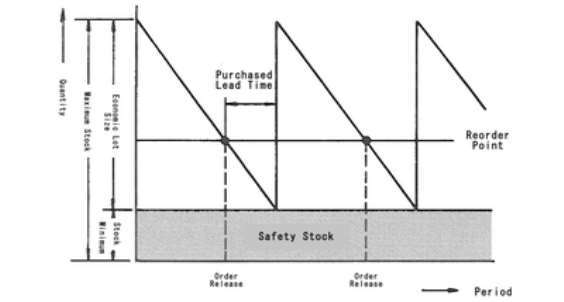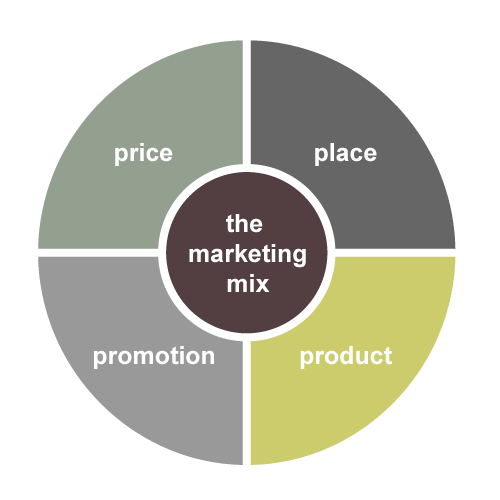The Concept of Dematerialisation of Securities
The concept of demat was introduced in Indian capital market in 1996 with the setting up of NSDL. A depository holds securities in dematerialized form. It maintains ownership records of securities in a book entry form and also effects transfer of ownership through book entry. SEBI has introduced some degree of compulsion in trading and settlement of securities in demat form while the investors have a right to hold securities in either physical or demat form, SEBI has mandated compulsory trading and settlement of securities in select securities in dematerialized form. This was initially introduced for institutional investors and was later extended to all investors.… Read the rest



